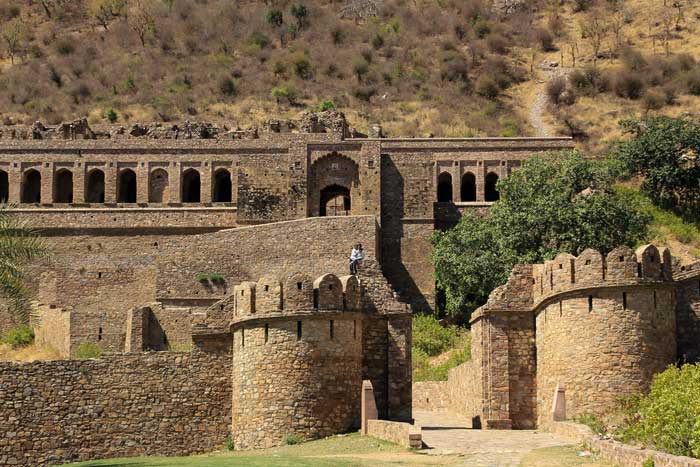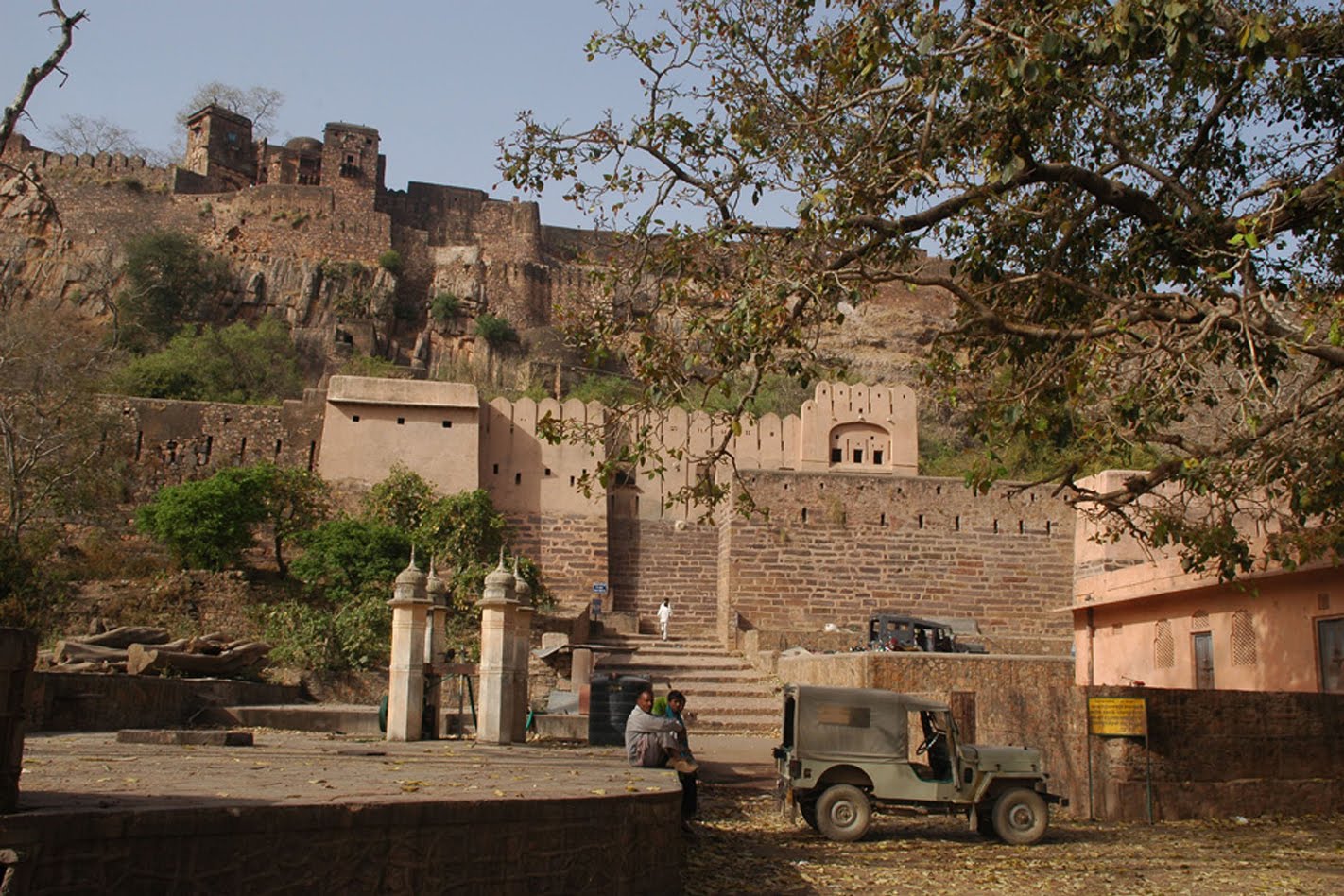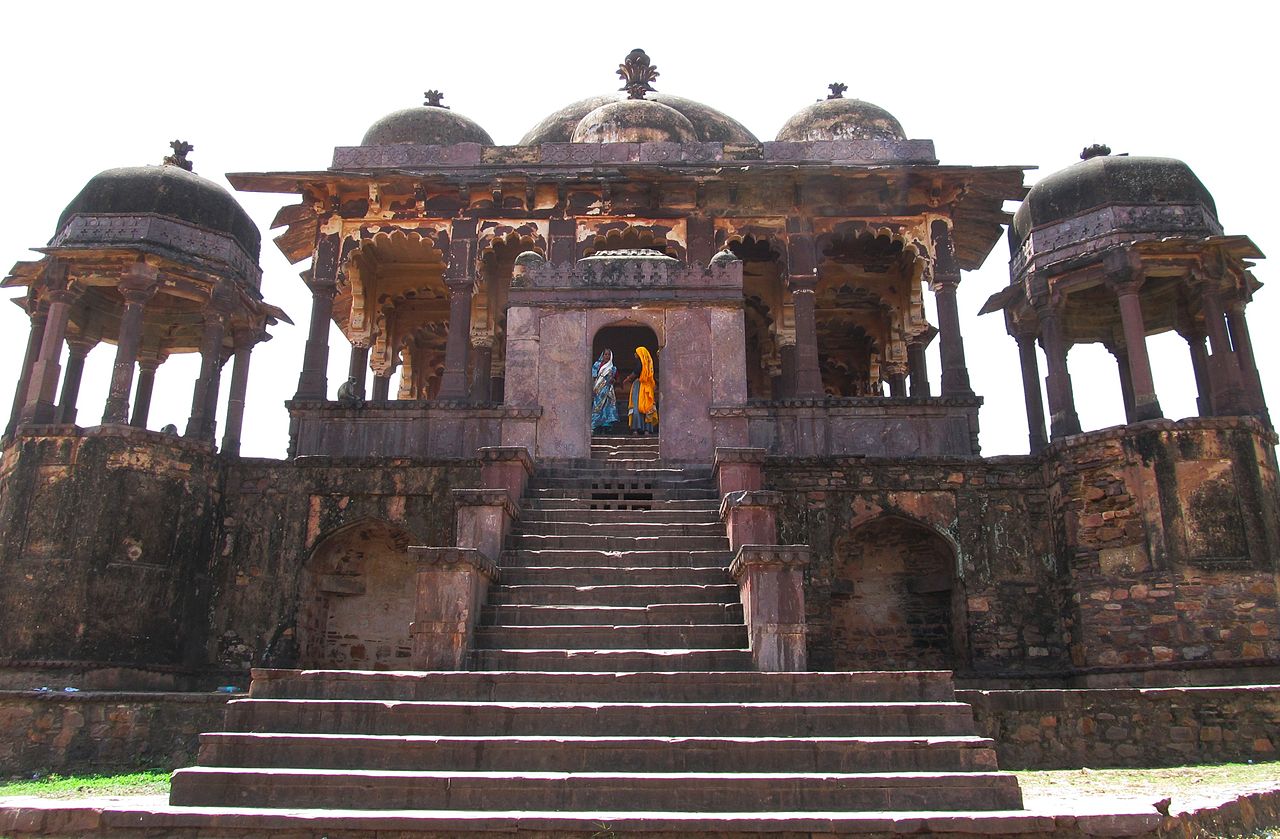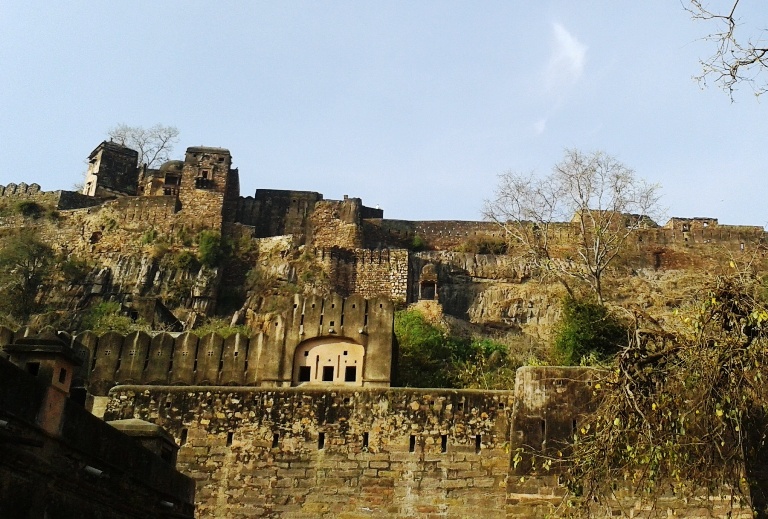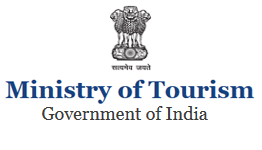Outstanding Universal Value
The Ranthambhor Fort formed a significant part of the Chahamana kingdom of Sakambhari. It is said to have
been constructed by Maharaja Jayantha in the fifth century AD. The Yadavas ruled over it and subsequently,
the fort was occupied by the Muslim rulers of Delhi. Hammir Deo was the most powerful ruler of Ranthamhor.
Ranthambhor fort embodies the most primal methods of medieval war-fare, which was completely dependent on
exploitation of natural terrain and features (including forest). Additionally, it contains remains of a 13th
century palace belongs to king Hammir Deo.
The fort is located on a hill in the heart of a dense forest represents the "forest fort" typology of forts in
combination with the "hill fort" typology and is a masterpiece of ingenuity, ensuring that the natural terrain
around the fort allows it to be visually obscure from enemies. The ensemble of fortifications, gateways,
palace structures, water bodies within Ranthambhor fort exemplify Rajput fort planning on the hilly terrain.
It exhibits characteristics of a strong defensive military stronghold of the Rajputs in the Mewat Brij cultural
zone of Rajasthan with technological adaptations utilizing the natural resources of water bodies and mountains
in the eastern plain of Rajasthan.
Ranthambhor is an exceptional testimony to the Rajput cultural traditions of Rajasthan recording warfare,
sacrifices and building activities of three major Rajput clans and sub clans of the Chauhans, Sisodias and the
Kachchwahas. Loss of the fort from the hands of the Rajputs in 14th and 16th century AD were significant
events that changed the political landscape of India, with respect to the strengthening of the imperial rule of
the Sultanate and Mughals in the national context.
Ranthambhor Fort is surrounded by tiger wild life sanctuary from all sides, which provides a natural habitat
for hundred of wild animals and birds.
